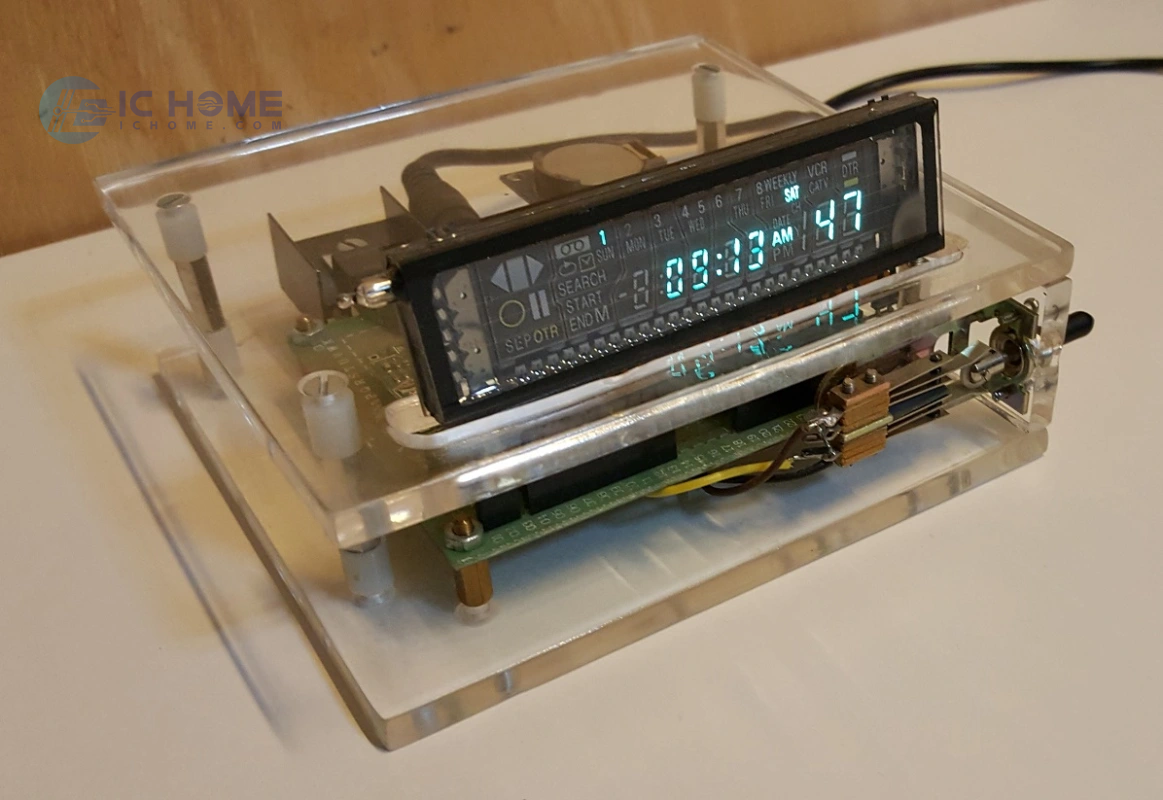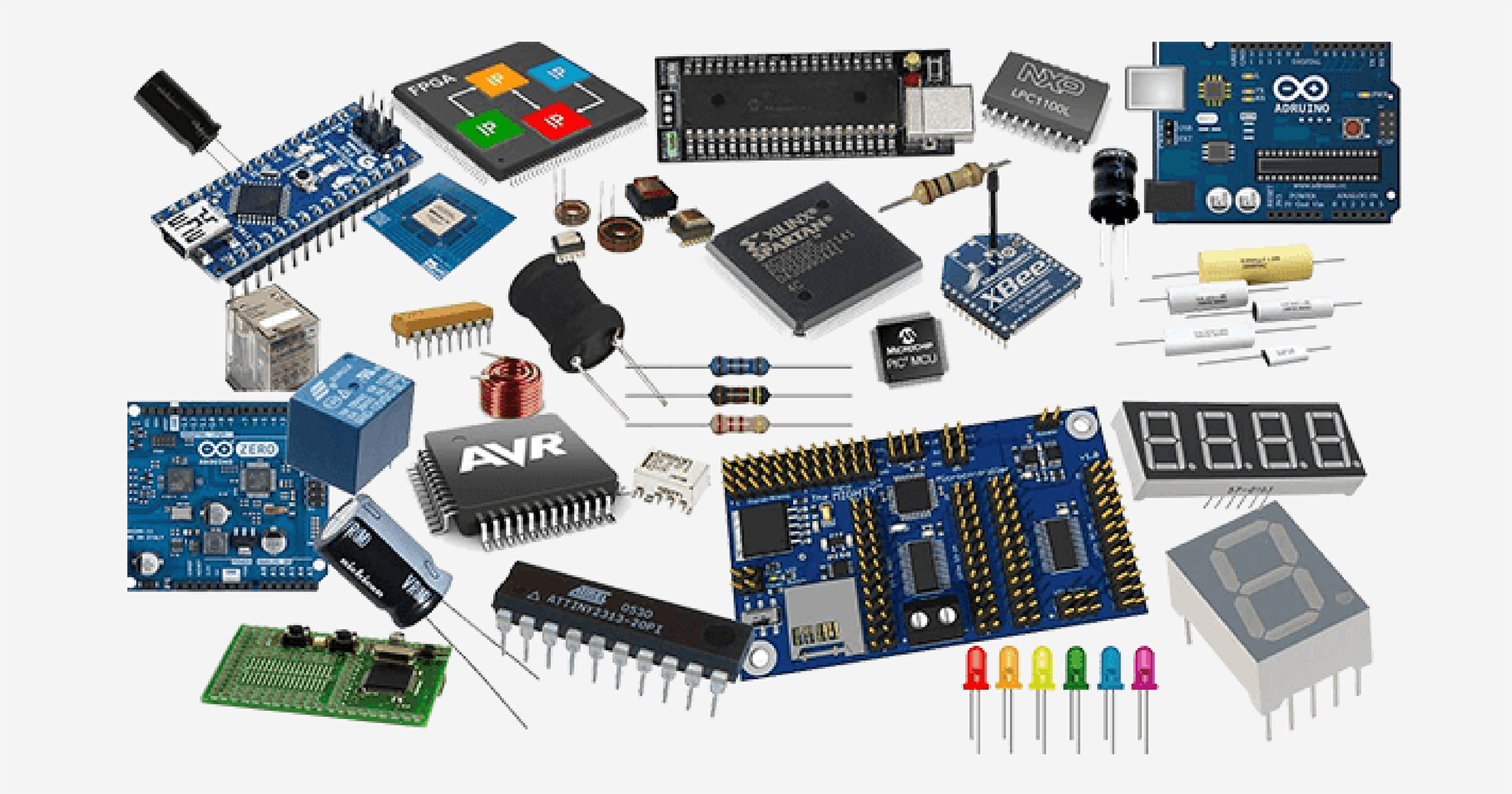Choosing the Right Driver IC: Essential Considerations
In the fast-evolving world of electronics, driver ICs play a crucial role in controlling various devices, from LEDs and motors to power supplies. For engineers and procurement professionals, understanding the range of available driver models and selecting the most suitable ones for specific applications can ensure efficient, reliable performance in their projects. In this article, we delve into key categories and popular applications of driver ICs to guide informed decision-making.

Exploring Driver IC Types by Manufacturer and Popular Model Numbers
Leading manufacturers of driver ICs such as Texas Instruments, Analog Devices, and Infineon Technologies provide a range of drivers for different applications. Below are a few notable models, along with their unique features:
Texas Instruments DRV8871: Designed for driving brushed DC motors, DRV8871 provides low RDS(on) MOSFETs, reducing power loss and improving efficiency. Its current regulation feature makes it suitable for automotive and industrial applications.
Analog Devices/Maxim Integrated MAX14870: A compact motor driver with minimal heat generation, MAX14870 is ideal for space-constrained designs, making it a popular choice in robotic and portable electronics.
Infineon TLE94112EL: Known for its versatility, this driver supports a range of low-voltage DC motors and is commonly used in automotive applications. With its 12-fold half-bridge output, it simplifies multi-motor control, making it a go-to option in automotive designs.
These model numbers represent the broad offerings from established manufacturers, each providing specific advantages in terms of efficiency, heat management, and output capabilities, essential for various sectors, including automotive, industrial automation, and consumer electronics.
Applications: Where Driver ICs Shine
Driver ICs serve as the backbone in numerous electronic applications, making them indispensable in designs that require controlled movement, lighting, or power regulation. Here’s a look at some key application areas:
LED Lighting: Drivers like ON Semiconductor's CAT4101 are widely used in LED lighting applications. Their constant current regulation and dimming capabilities make them ideal for consumer electronics, automotive lighting, and digital signage.
Motor Control: From industrial automation to automotive systems, driver ICs such as the DRV8833 from Texas Instruments are essential for precise motor control. These drivers are known for low power consumption and support for stepper motors, making them suitable for both battery-powered devices and industrial equipment.
Power Supply Regulation: Many applications demand precise voltage and current control, particularly in sensitive electronic devices. The LT3755 from Analog Devices/Maxim Integrated, a high-efficiency DC-DC controller, is widely used in power regulation for sensitive systems, including medical and military electronics.
Selecting the right driver IC for each application ensures that devices operate smoothly and efficiently. By focusing on application-specific drivers, engineers can enhance overall design robustness while meeting industry standards for performance.
Driver IC Packages and Cases: Why They Matter
The package and case of a driver IC play a critical role in determining its heat dissipation, ease of assembly, and overall footprint. Here are some popular packaging types and their respective advantages:
SOIC (Small Outline Integrated Circuit): Commonly used for driver ICs that require moderate thermal management, SOIC packages are compact and easy to mount, making them ideal for consumer electronics.
QFN (Quad Flat No-leads): Known for superior heat dissipation, QFN packages are often used in applications requiring high-power efficiency. This package is preferred in automotive and industrial applications for its compact footprint and heat management capabilities.
DIP (Dual In-line Package): While less compact than other options, DIP packages are easier to handle and often used in testing environments. They allow for straightforward prototyping, making them a popular choice for engineers during development phases.
Choosing the right package not only enhances the physical performance of the driver IC but also impacts the longevity and reliability of the device in demanding conditions, such as high-temperature automotive environments.
Key Considerations for Selecting a Driver IC
As the market for electronic components continues to evolve, a few key factors can help guide the selection of the optimal driver IC for your needs:
Thermal Management: Efficient thermal management ensures that driver ICs maintain performance and prevent overheating. Consider the thermal requirements of your application and the IC’s built-in protections.
Efficiency Ratings: With increasing emphasis on energy efficiency, especially in battery-powered devices, look for drivers with low standby power and high efficiency. This is particularly important in applications where power conservation is critical.
Integration and Scalability: Modern driver ICs often come with integrated features, such as overcurrent protection and feedback loops, which simplify design while enhancing reliability. Choosing drivers that offer easy scalability can also future-proof your designs for upgrades.
Conclusion
Driver ICs remain an essential component across a variety of electronic applications, from automotive to industrial automation. By selecting the right driver IC—considering factors such as manufacturer, application, package, and thermal characteristics—engineers and procurement professionals can enhance both performance and reliability in their projects. As the industry continues to advance, keeping an eye on these key aspects will ensure efficient, robust designs capable of meeting both current and future demands.
Whether you’re focused on LED lighting, motor control, or power regulation, a well-chosen driver IC can make all the difference, delivering reliability, efficiency, and optimal performance across applications.
For more information or to request a quote, please feel free to send us an RFQ.




